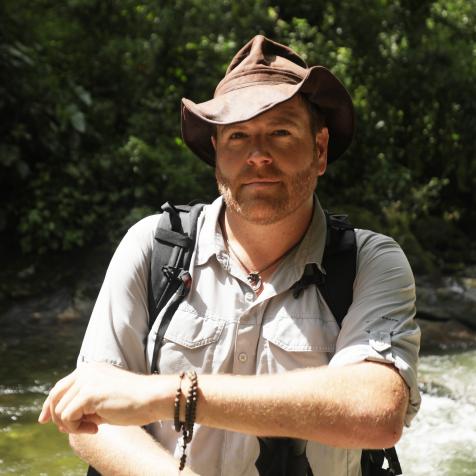
Adam Berent/iStock/Getty Images
These Mayan Structures Were Built for the Spring Equinox
See how the Maya built their amazing pyramids and temples with the spring equinox in mind.
The first day of spring has been welcomed by people and civilizations in the northern hemisphere for centuries, marking the beginning of warm weather, long days, and short nights.
This year, the spring equinox will occur March 20 at 3:50 Universal Time. But have you ever noticed that the date of the milestone can vary, depending on the year? That’s because the beginning of spring is marked by the equinox, or when the sun’s path passes directly across the equator. As a result, the lengths of night and day are nearly identical.
While celebrated all over the world going back thousands of years, perhaps no ancient civilization took it more seriously than the Maya. The Maya, a Mesoamerican civilization that spanned across parts of modern-day Mexico and Central America, took their interest in the sun and galaxy seriously.
The Maya went as far as to use their knowledge of astronomy to build and arrange their most important pyramids and temples around the equinox. These particular formations have been referred to as E-groups.
Thankfully, Maya civilization isn’t lost to us today, as several archeological sites have been uncovered and preserved. Some of these sites are open to tourists, who have traveled in hordes specifically to witness the equinox. Here are three of those sites:

CostinT
El Castillo, Chichén Itzá (Yucatán Peninsula, Mexico)
El Castillo may be the most recognizable pyramid at Chichén Itzá, not only due to its majesty, but the amazing affect that occurs on the spring equinox. Also known as the Temple of Kukulkan, El Castillo was built to worship Kukulkan, a feathered serpent deity. Two days out of the year on the spring and autumn equinox, the late afternoon sun shines on El Castillo, resulting in the illusion of a snake creeping down the pyramid’s northern staircase. See for yourself:


Gerard Puigmal
El Castillo, Tulum (Yucatán Peninsula, Mexico)
Located in the ancient city of Tulum on Mexico’s Yucatán peninsula, El Castillo was constructed so that the rising sun shines directly through the pyramid’s entrance during the equinox. The same effect occurs around sunset later that day.

Gabrielle Therin-Weise
Structures IV and VI, Calakmul (Campeche, Mexico)
Calakmul is a bit off the beaten path, located less than 25 miles from the Guatemalan border in the Campeche state. Needless to say, it is vast and covered in nearly 7,000 structures where more than 50,000 people lived during Calakmul’s peak. Of these structures, structures four and six formed an E-Group to determine and celebrate the equinox.

















